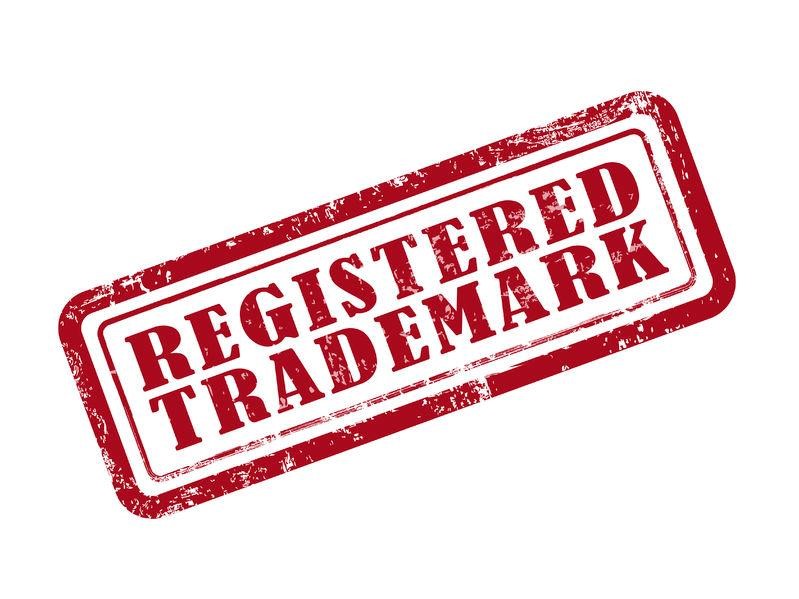Registering a trademark for a company name and logo is a vital step in protecting a brand’s identity. Trademarks provide legal protection that prevents others from using your business name, logo, or tagline, ensuring that your brand stands out in a competitive marketplace. For businesses, trademark registration adds credibility and safeguards the company’s intellectual property, making it easier to pursue legal action against any potential infringement. Below, we’ll explore the process of registering a trademark and why it’s an essential step for any business.
What Is a Trademark?
A trademark is a unique sign, symbol, or phrase that identifies and distinguishes a company’s products or services from those of others. It could be a logo, company name, slogan, or even a combination of these elements. By registering a trademark, a business gains the exclusive right to use that mark in commerce, preventing competitors from confusing customers with similar branding.
Businesses can register their trademarks at both the federal and state levels. However, federal registration through the United States Patent and Trademark Office (USPTO) offers broader protection across the entire country. A registered trademark ensures that your business name or logo is protected in all states, as opposed to state-level registration, which limits protection to the state where the registration occurred.
Why Is Registering a Trademark Important?
Registering a trademark for your company name and logo offers several key advantages. First and foremost, it establishes legal ownership of your brand. Without registration, your trademark has limited protection, meaning competitors could potentially use a similar name or logo, causing customer confusion. If someone else registers your brand first, you may lose the right to use your company’s name or logo altogether.
Trademark registration also deters potential infringers. When your company name or logo is officially registered, it appears in the USPTO database, making it less likely that another business will inadvertently adopt the same or a similar mark. Additionally, registered trademarks hold more weight in legal disputes. If someone else uses your mark without permission, having a registered trademark simplifies the process of taking legal action against the infringer.
Moreover, registered trademarks enhance brand recognition. A trademark serves as a symbol of trust and quality for customers, helping businesses build a strong brand identity. Over time, a well-protected brand can lead to increased consumer loyalty and higher sales.
Steps to Registering a Trademark
To start registering a trademark, it is crucial to first conduct a search to confirm your desired mark is unique. The USPTO database provides a platform where businesses can check if their name or logo is already in use. This search is vital, as it helps avoid legal conflicts that could arise if your mark closely resembles an existing one.
Once you’ve confirmed that your name or logo is available, the next step is to file a trademark application with the USPTO. The application requires details about the mark, including a description of the goods or services it represents. You must also specify whether the mark is currently in use or will be used in the future. Being specific when describing your business helps define the scope of your trademark protection.
When filing, there are associated fees, which vary depending on the number of classes of goods or services covered. After submission, a USPTO attorney will examine the application for any issues or conflicts with existing trademarks. If no problems arise, the mark will be published in the “Official Gazette,” giving others the chance to oppose it.
If no opposition occurs, the USPTO will issue a trademark registration certificate. At that point, your company name or logo receives official legal protection. It’s important to renew your trademark periodically. The initial registration lasts ten years, but you can renew it indefinitely, as long as you keep using the mark.
Challenges in Registering a Trademark
While the process of registering a trademark may seem straightforward, businesses often encounter challenges. One of the most common hurdles is dealing with objections or opposition from other companies claiming that your trademark is too similar to theirs. The USPTO might also reject your application if it deems the trademark generic or descriptive. A generic mark is one that merely describes the goods or services offered (e.g., trying to trademark the word “computer” for a computer brand), and these marks are not eligible for protection.
Another challenge arises when trying to register international trademarks. Trademark protection is country-specific, meaning that registering in the U.S. does not provide automatic protection abroad. For businesses that operate in multiple countries or plan to expand globally, it’s crucial to apply for trademark protection in each country or consider international registration through the Madrid Protocol.
Additionally, businesses must remain vigilant in enforcing their trademarks. A registered trademark is only as strong as the owner’s efforts to protect it. If other companies start using a similar mark and you don’t take action, your trademark rights may weaken, potentially leading to its cancellation.
Maintaining and Enforcing a Trademark
Once you register your trademark, you must monitor its use and take action against any potential infringement immediately. This involves watching for businesses that may use similar names or logos and actively addressing any unauthorized use. Trademark monitoring services help you track potential infringements and notify you when others register similar trademarks.
Enforcing your trademark rights often involves sending a cease-and-desist letter to the infringing party. In many cases, this is sufficient to resolve the issue without going to court. However, if the infringer refuses to stop using your mark, legal action may be necessary to protect your brand.
Finally, ensure that you continue using the trademark in commerce. If you stop using a trademark actively, it may be considered abandoned, which would result in losing legal protection. As discussed earlier, businesses must renew their trademarks periodically to keep them valid. Businesses should file the necessary maintenance documents to keep their trademark active.
The Importance of Registering a Trademark for a Company Name and Logo
Registering a trademark for a company name and logo is crucial for safeguarding a business’s identity and intellectual property. A registered trademark offers legal protection and builds brand recognition and customer trust. By completing the registration process, businesses protect their name and logo, preventing infringement and maintaining long-term brand value.
Securing your company name and logo through trademark registration is more essential than ever. It ensures that your brand stands out and remains protected from unauthorized use. By following the proper steps and understanding the challenges involved, businesses can effectively protect their brand and ensure long-term success.


